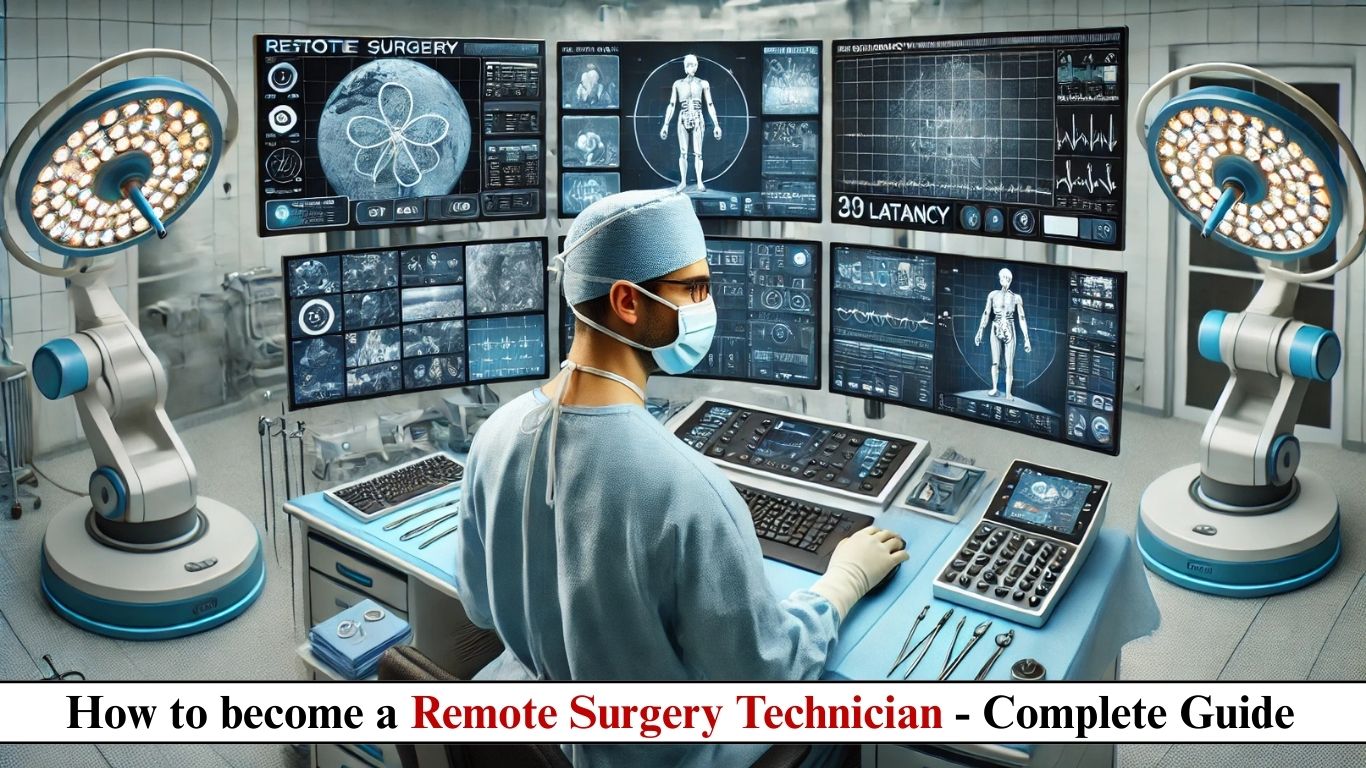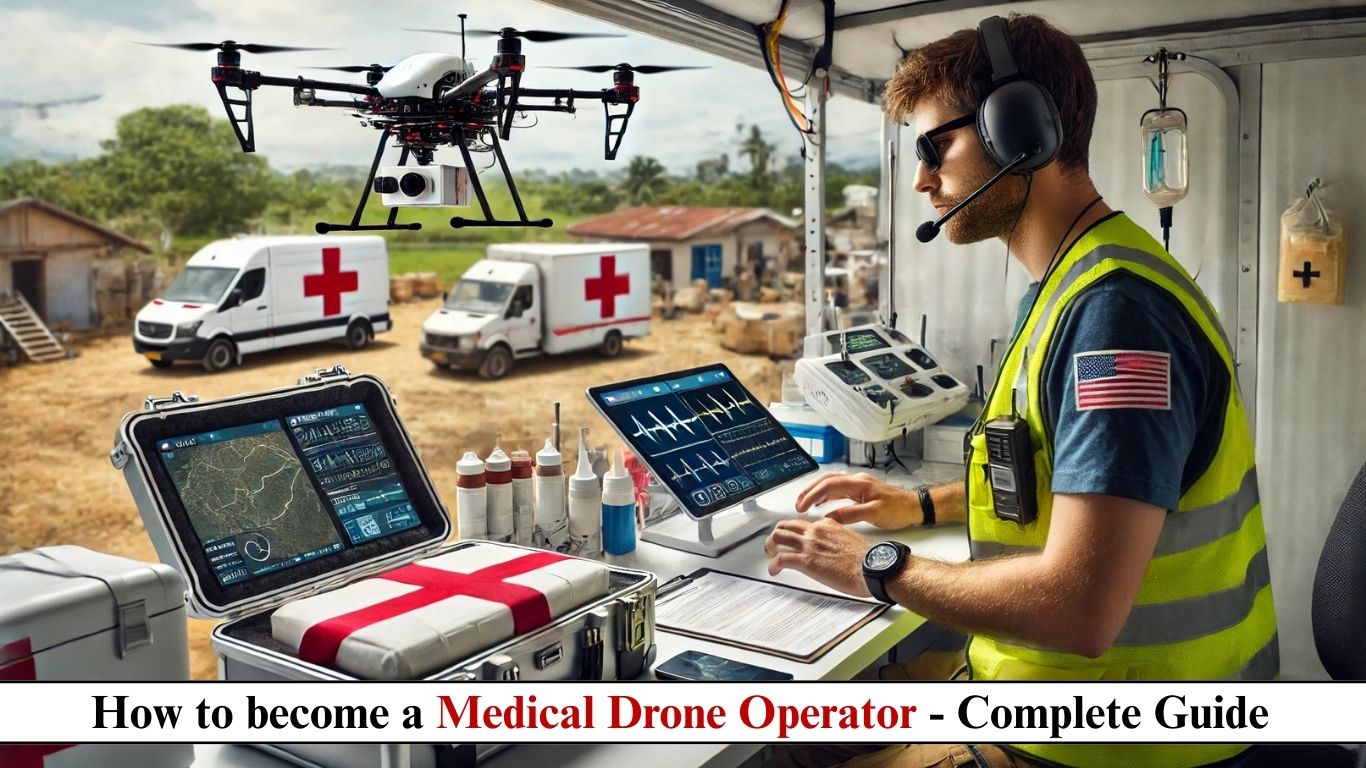
Introduction: The Dawn of a New Medical Era
Regenerative Medicine Specialists stand at the forefront of medical innovation, harnessing the body’s innate healing powers to regrow tissues, reverse chronic diseases, and potentially extend human lifespan. This revolutionary field—projected to become a $125 billion industry by 2030—merges cutting-edge biology with clinical practice to create treatments once considered science fiction.
In this guide, we’ll explore:
✔ The fascinating history of regeneration science
✔ 2024 salary benchmarks across sectors
✔ Essential qualifications and training pathways
✔ Step-by-step career roadmap
✔ Groundbreaking future applications
History of Regenerative Medicine
Early Foundations (1700s-1900s)
- 1768: First documented limb regeneration observations in salamanders
- 1885: Charles-Édouard Brown-Séquard’s experiments with testicular extracts (early hormone therapy)
- 1950s: First successful bone marrow transplants
The Biotech Revolution (1980s-2000s)
- 1981: Isolation of embryonic stem cells (Martin Evans)
- 1998: James Thomson cultures first human embryonic stem cells
- 2006: Shinya Yamanaka discovers iPSCs (induced pluripotent stem cells)
- 2008: First tissue-engineered organ transplant (lab-grown trachea)
Modern Breakthroughs (2010s-Present)
- 2012: First stem cell drug approved (Prochymal for graft-vs-host disease)
- 2017: CAR-T cell therapy FDA approval (Kymriah)
- 2022: First successful 3D bioprinted ear transplant
- 2024: Over 1,000 active clinical trials in regenerative therapies
What Does a Regenerative Medicine Specialist Do?
Core Responsibilities
| Clinical Focus | Research Focus |
|---|---|
| PRP/stem cell injections | Developing new biomaterials |
| Cartilage regeneration | Optimizing cell differentiation |
| Wound healing therapies | Improving organoid systems |
| Patient eligibility screening | Managing clinical trials |
Specialization Areas
- Cellular Therapies (Stem cells, CAR-T)
- Tissue Engineering (3D bioprinting)
- Gene Editing (CRISPR-based therapies)
- Immunomodulation (Autoimmune reversal)
- Anti-Aging Medicine (Senolytics, telomere therapy)
Work Environments
- Academic medical centers (45%)
- Biotech startups (30%)
- Hospital regenerative clinics (15%)
- Government research (NIH, DARPA) (10%)
Regenerative Medicine Salary Outlook (2024)
Global Compensation Comparison
| Country | Clinical Role | Research Role | Industry Executive |
|---|---|---|---|
| USA | $220,000 | $150,000 | $400,000+ |
| Germany | €180,000 | €110,000 | €300,000+ |
| Japan | ¥25,000,000 | ¥18,000,000 | ¥60,000,000+ |
| UAE | AED 900,000 | AED 600,000 | AED 2,000,000+ |
| India | ₹3,500,000 | ₹2,200,000 | ₹10,000,000+ |
Sources: Nature Biotechnology Careers Report 2024, LinkedIn Salary Data
Highest Paying Subfields
- Gene Therapy Development (+35% premium)
- Stem Cell Banking CROs
- Cosmetic Regeneration (Hair/clinics)
- Military Trauma Regeneration (DARPA-funded)
How to Become a Regenerative Medicine Specialist
Step 1: Foundational Education
- Undergraduate Degrees:
- Biomedical Engineering (Best for tissue engineering)
- Molecular Biology (Best for cellular therapies)
- Biochemistry (Best for gene editing)
Key Courses: Stem cell biology, biomaterials, immunology, bioethics
Step 2: Advanced Medical/Scientific Training
| Pathway | Duration | Best For |
|---|---|---|
| MD-PhD | 7-8 yrs | Clinical trial leadership |
| PhD | 5-6 yrs | Biotech R&D |
| DO + Fellowship | 6 yrs | Hands-on cell therapies |
Top Programs:
- Harvard-MIT Health Sciences
- Stanford Institute for Stem Cell Biology
- Kyoto University Center for iPS Cell Research
Step 3: Specialized Certification
- Clinical Pathways:
- ABRM Certification (American Board of Regenerative Medicine)
- ISCT Cell Therapy Certification
- Research Pathways:
- GMP Cellular Products Training
- CRISPR Engineering Certification (Broad Institute)
Step 4: Build Practical Experience
- Clinical Rotations in:
- Orthopedic regeneration
- Burn wound centers
- Cancer immunotherapy units
- Lab Skills to Master:
- Flow cytometry
- 3D bioprinting
- CRISPR-Cas9 gene editing
Step 5: Career Launch Strategies
- Entry Points:
- Regenerative medicine fellow (90,000−90,000−120,000)
- Biotech associate scientist (85,000−85,000−110,000)
- Networking:
- Attend TERMIS annual conference
- Join ARM (Alliance for Regenerative Medicine)
Future of Regenerative Medicine (2025-2040)
5 Transformative Developments
- Organ Farming
- Lab-grown kidneys/livers entering trials (Projected 2028)
- In Vivo Reprogramming
- Direct conversion of scar tissue to functional cells
- Neural Regeneration
- Spinal cord injury reversal therapies
- Longevity Treatments
- Senolytic cocktails to extend healthspan
- AI-Driven Personalization
- Machine learning optimizing patient-specific protocols
Market Projections
- $125B+ industry by 2030 (CAGR 22.3%)
- Top Growth Areas:
- 3D bioprinting (+40% annually)
- Anti-aging therapies (+35%)
- Autoimmune regeneration (+28%)
Is This Career Right For You?
✅ Ideal Candidates:
- Pioneers excited by uncharted medical frontiers
- Professionals comfortable with high-risk/high-reward research
- Those passionate about paradigm-shifting therapies
❌ Challenges:
- Regulatory hurdles (FDA fast-track complexities)
- Ethical debates (stem cell sources)
- Long validation timelines (5-10 years per therapy)
Alternative Career Paths
| Related Career | Less Clinical | More Technical |
|---|---|---|
| Tissue Engineer | ✓ | |
| Genetic Counselor | ✓ | |
| Biotech Patent Lawyer | ✓ |
Action Plan: Your 10-Year Journey
Years 1-4:
- Pursue biomedical engineering or molecular biology degree
- Complete summer internship at stem cell company (e.g., Vertex Pharmaceuticals)
Years 5-8:
- MD-PhD or dedicated PhD program
- Publish research in Nature Regenerative Medicine
Years 9-10:
- Postdoc at leading institute (e.g., Mayo Clinic Center for Regenerative Medicine)
- Lead first-in-human trial for novel therapy
Top Employers Hiring Now
- Vericel Corporation (Cartilage regeneration)
- BlueRock Therapeutics (Cell therapies)
- Organovo (3D bioprinting)
- Altos Labs (Cellular reprogramming)
- Military Medicine Institutes (DARPA-funded trauma research)
Conclusion: Healing Beyond Imagination
Regenerative Medicine Specialists are architects of the next medical revolution, turning science fiction into clinical reality. With unprecedented career growth and world-changing potential, this field offers unparalleled opportunities for those ready to push boundaries.
Next Step: Access the International Society for Stem Cell Research (ISSCR) career portal and attend their annual meeting’s student day.
Would you prefer working on anti-aging therapies or trauma regeneration? Why? Share your thoughts below!













Post Comment